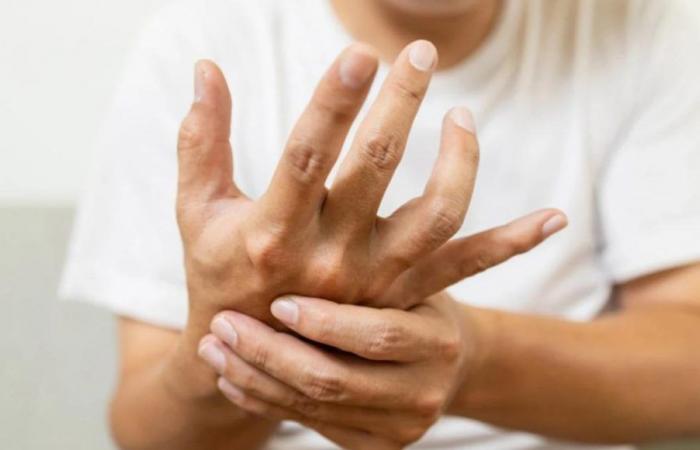It is crucial to carry out a rational treatment adapted to each patient, considering the improvement of symptoms and their possible evolution over time.
Parkinson’s disease is a progressive brain condition that affects movement, cognition, sleep and other areas of health, and worsens over time, according to the World Health Organization. In the United States, the Parkinson’s Foundation describes this disease as a neurodegenerative disorder that affects neurons that produce dopamine, a neurotransmitter essential for controlling normal body movements, in an area of the brain called the substantia nigra. Although the causes are still largely unknown, scientists believe it is due to a combination of genetic and environmental factors.
Who is at risk?
According to the American Brain Foundation, “the risk of developing Parkinson’s disease increases with age, affecting approximately 1% of people over age 60.” Although it is more common in older people, about 10% of cases are early-onset, starting before age 50. Additionally, the disease affects more men than women, and having a family member with the disease could increase the risk of developing it, especially if several family members are affected. Environmental toxins, such as continued exposure to pesticides and herbicides, may also be a risk factor.
The diagnosis of Parkinson’s is based on medical history and a physical and neurological examination. Years ago, it was diagnosed solely based on motor disorders, but today other symptoms and factors are also considered.
What are the four basic cardinal (motor) symptoms?
Tremor at rest: It usually begins unilaterally in an upper limb.
Muscular stiffness.
Bradykinesia: slowness in the initiation or maintenance of movements.
Instability in postural reflexes: They usually manifest in advanced stages of the disease.
Other symptoms that support the diagnosis include asymmetry, lack of facial expression (hypomimia), decreased voice volume (hypophonia), and excessive oiliness of the skin, especially on the forehead and face.
When to consult a specialist?
Parkinson’s develops slowly over years. You should go to the doctor if warning symptoms occur, especially tremors, which in 75% of cases begin in an upper limb and disappear with action. Slowness in movements can be perceived as heaviness or motor clumsiness, especially if it is unilateral.
Other premotor symptoms, such as loss of smell, constipation, and REM sleep disorders, often precede motor symptoms by several years. Although these symptoms alone are not enough to diagnose Parkinson’s, they are important warning signs.
The 10 symptoms of Parkinson’s
Shaking: at rest, often on a finger, hand, or chin.
Fine print (micrograph): The words are usually small and crowded.
Loss of smell: affects quality of life and enjoyment of food.
Sleep problems: difficulties falling asleep and abnormal movements during sleep.
Difficulty moving or walking: stiffness or pain in the shoulder or hips, poor balance.
Nausea and constipation: digestive difficulties due to brain changes.
Soft or low-pitched voice: speaking haltingly or having difficulty finding words.
Masked face: facial rigidity that makes it difficult to express emotions.
Dizziness or fainting: related to low blood pressure.
Hunched posture: changes in posture without the brain automatically controlling it.
Parkinson’s treatment
The Parkinson’s Foundation of the United States indicates that, although living with this disease can be challenging, there are many things that can be done to maintain and improve quality of life. Dr. Raschella emphasizes the importance of accurate diagnosis and individualized treatment that includes pharmacological and non-pharmacological options. A healthy lifestyle with a balanced diet and regular physical activity is recommended. Activities such as dance, especially tango, can improve gait and balance disorders.






